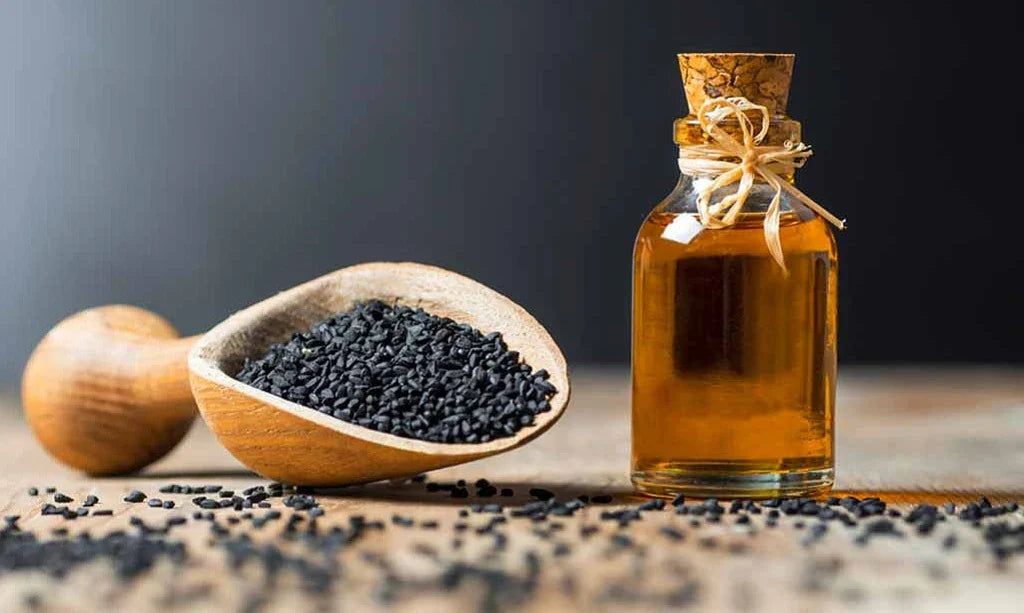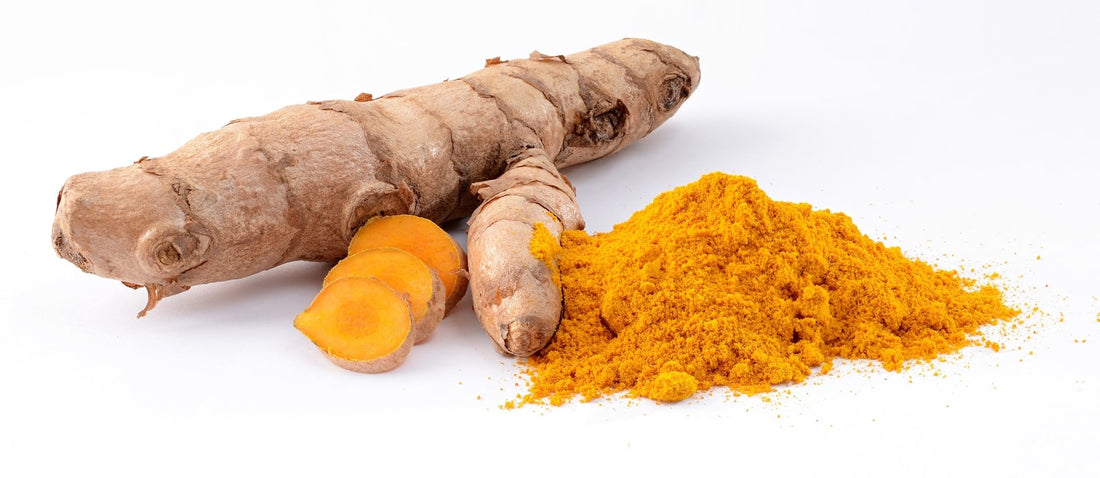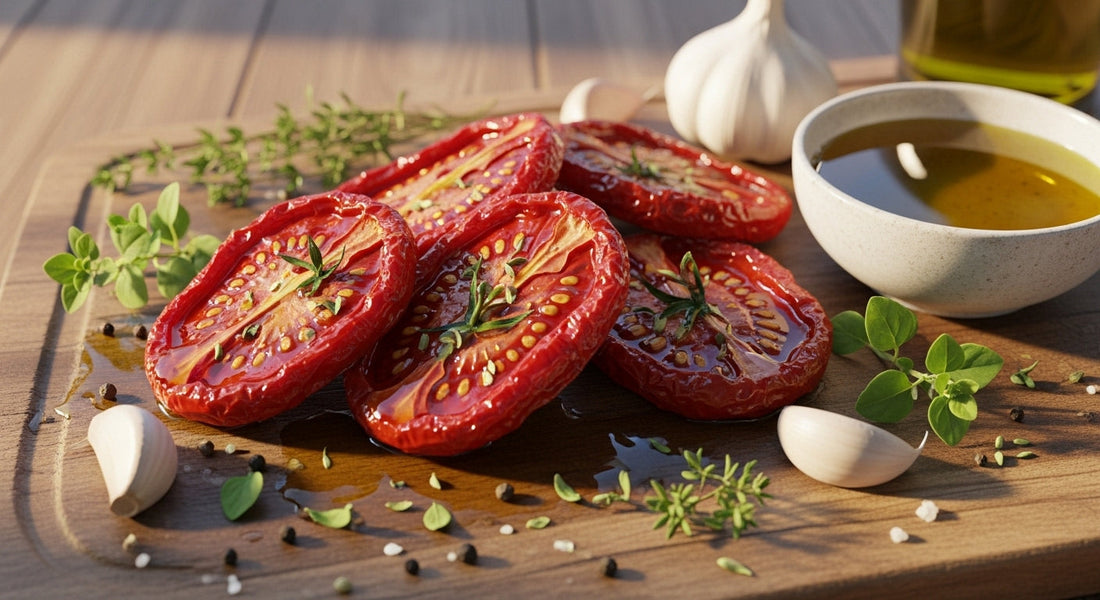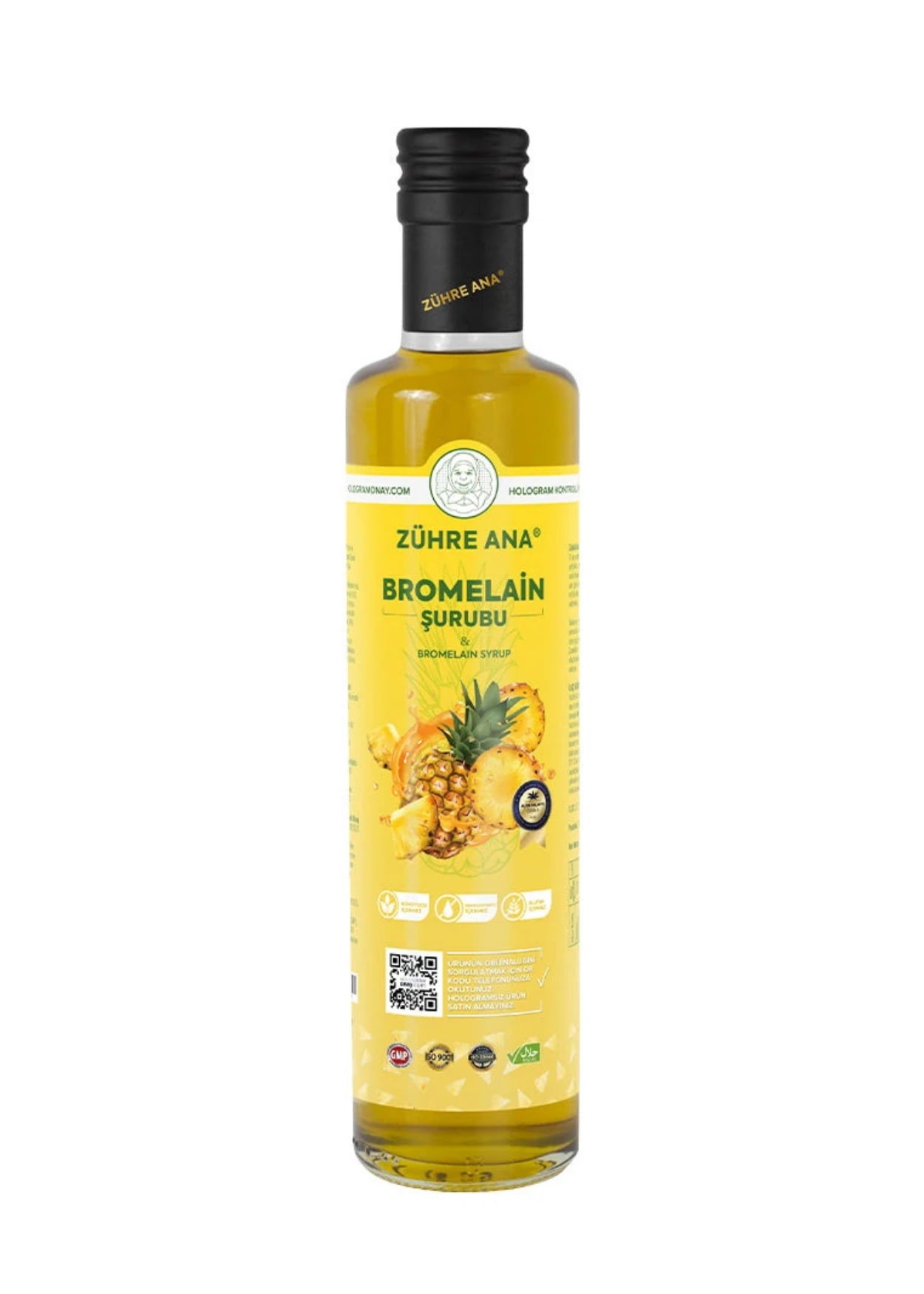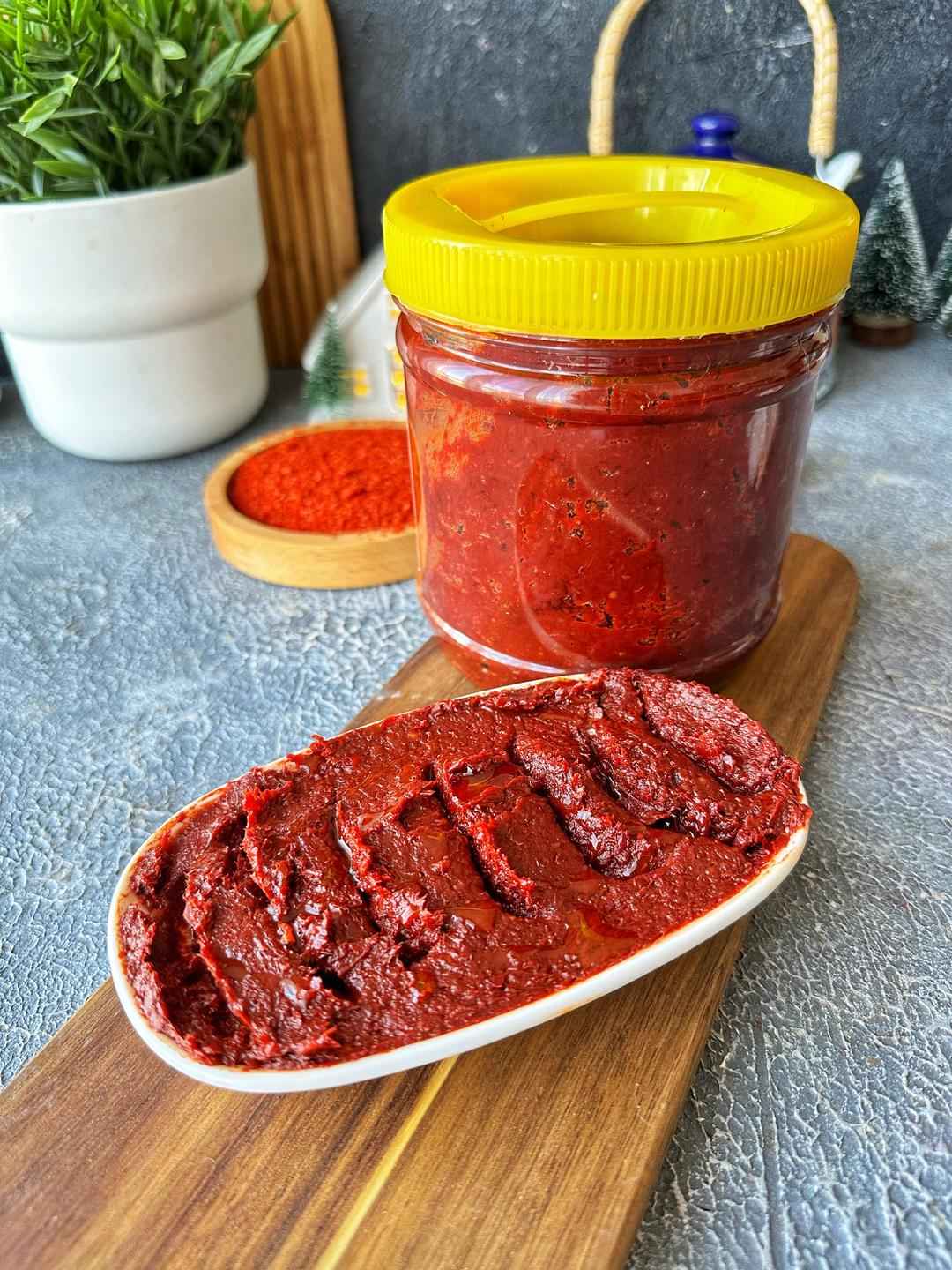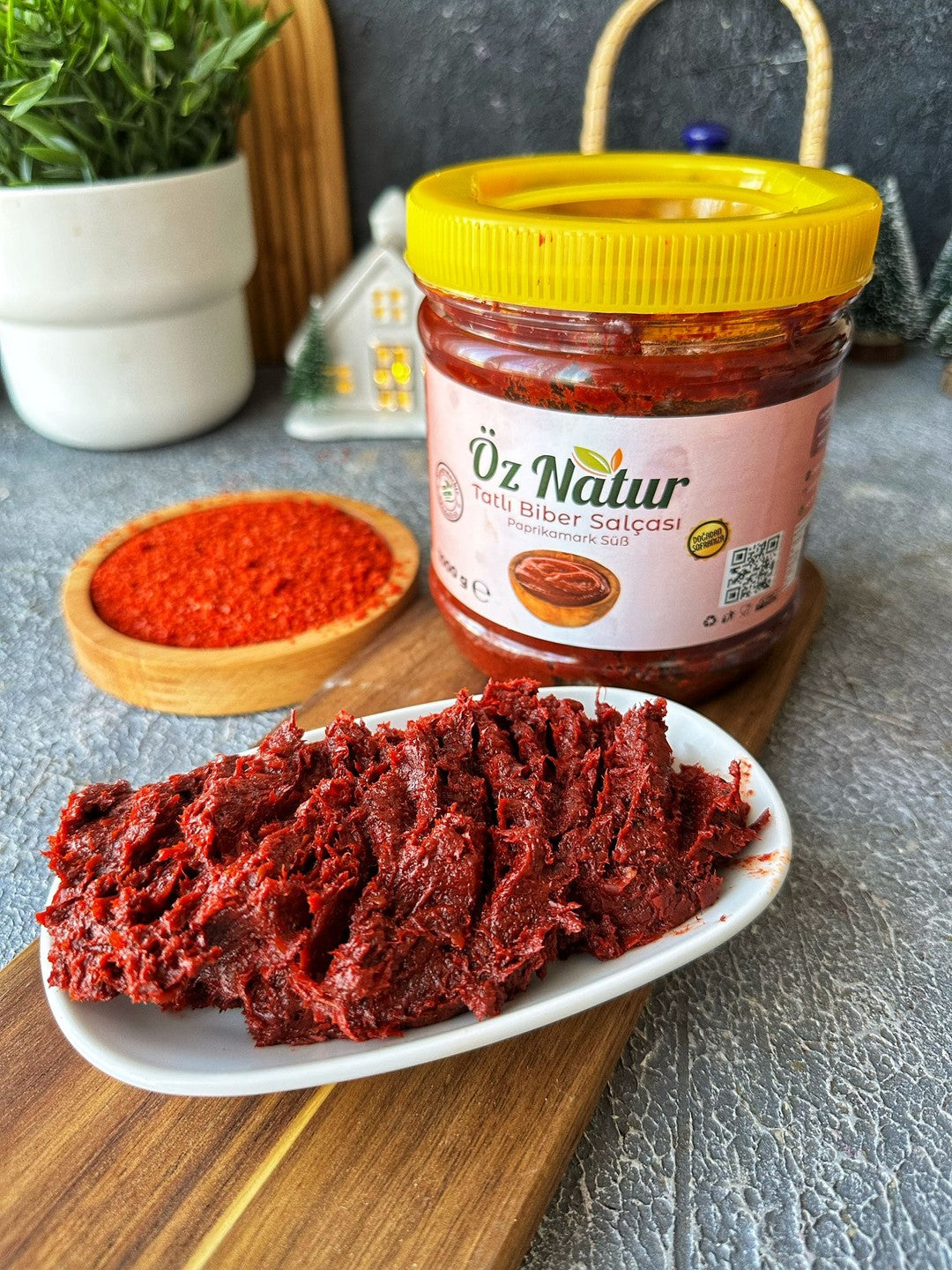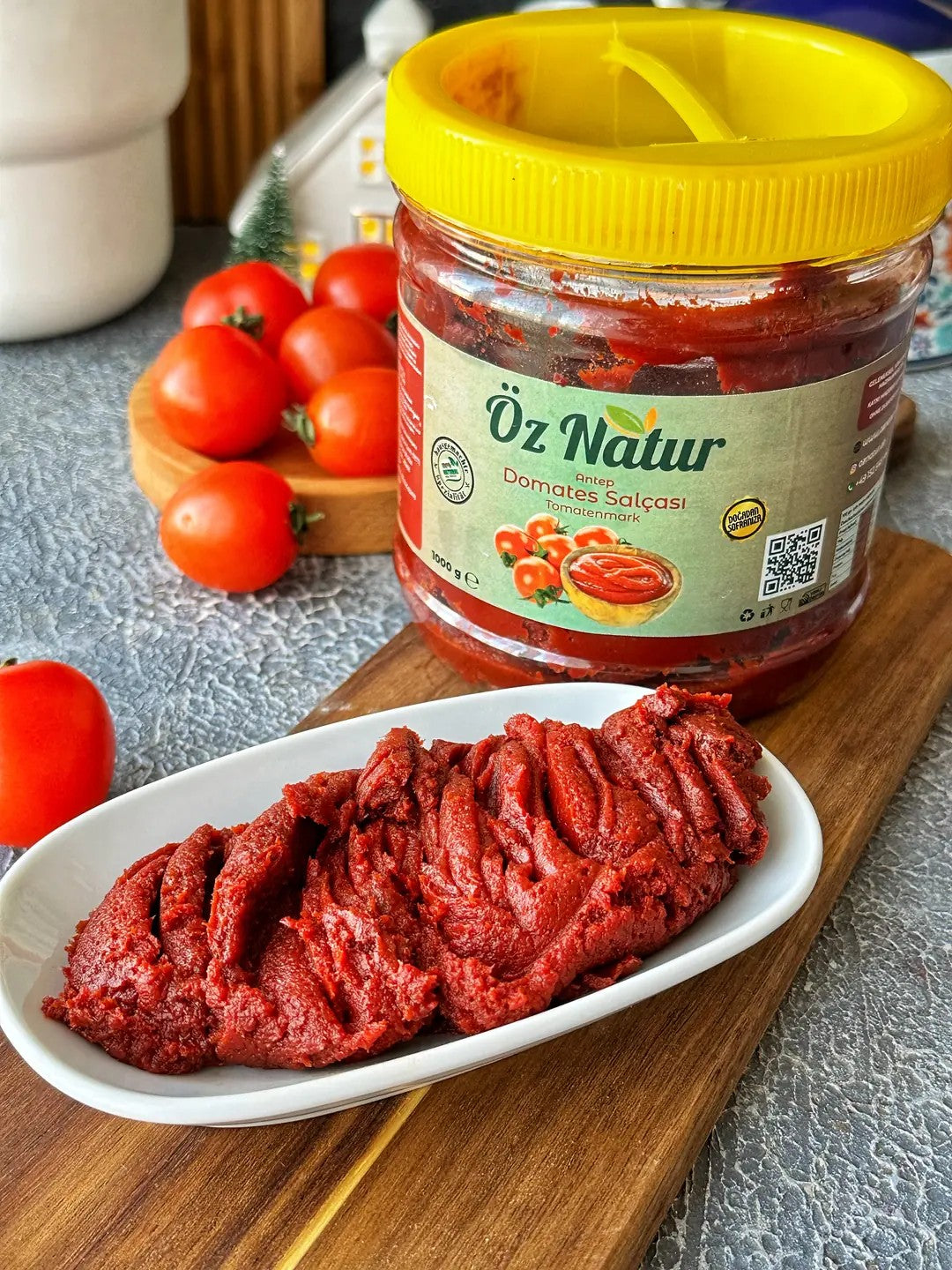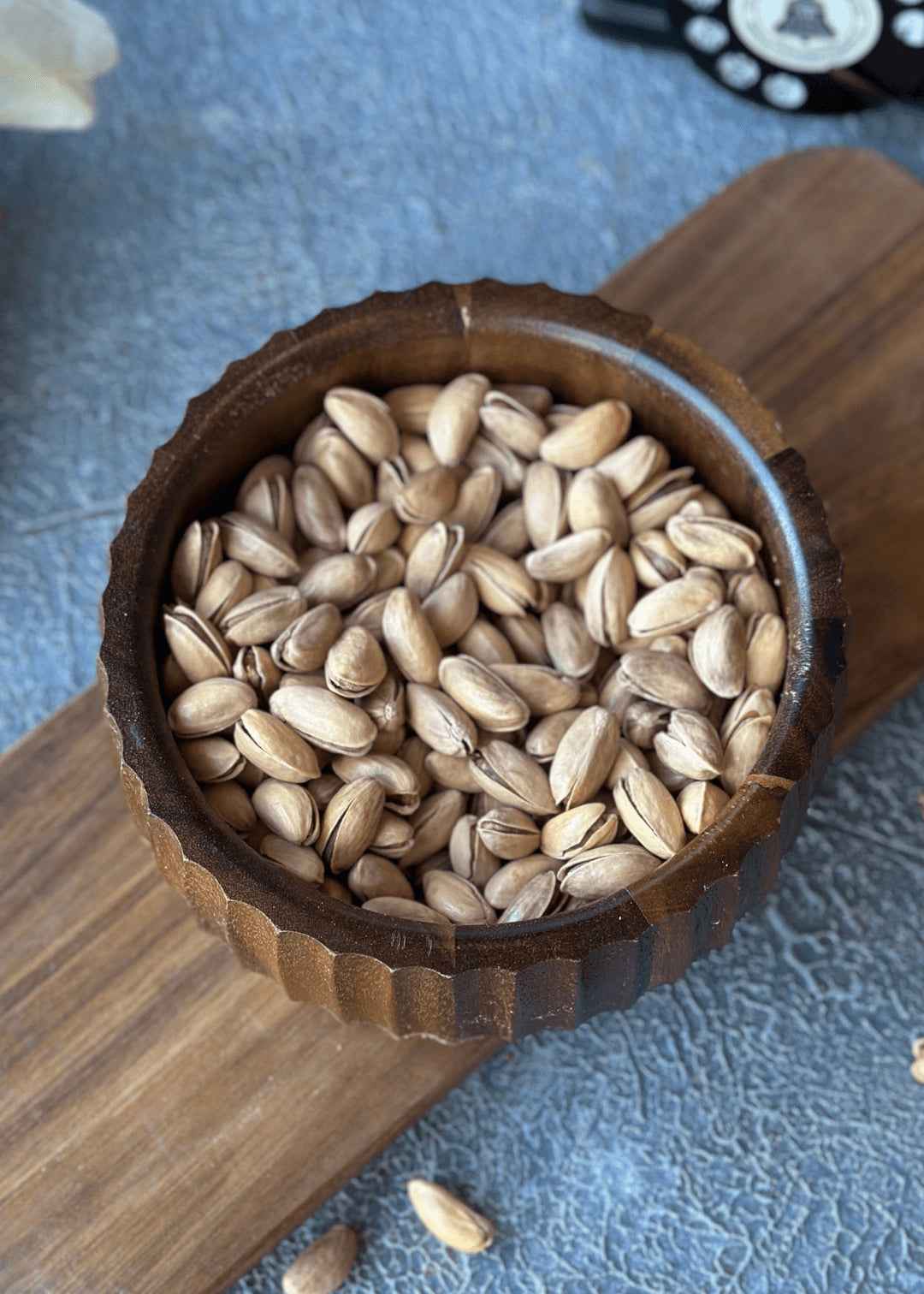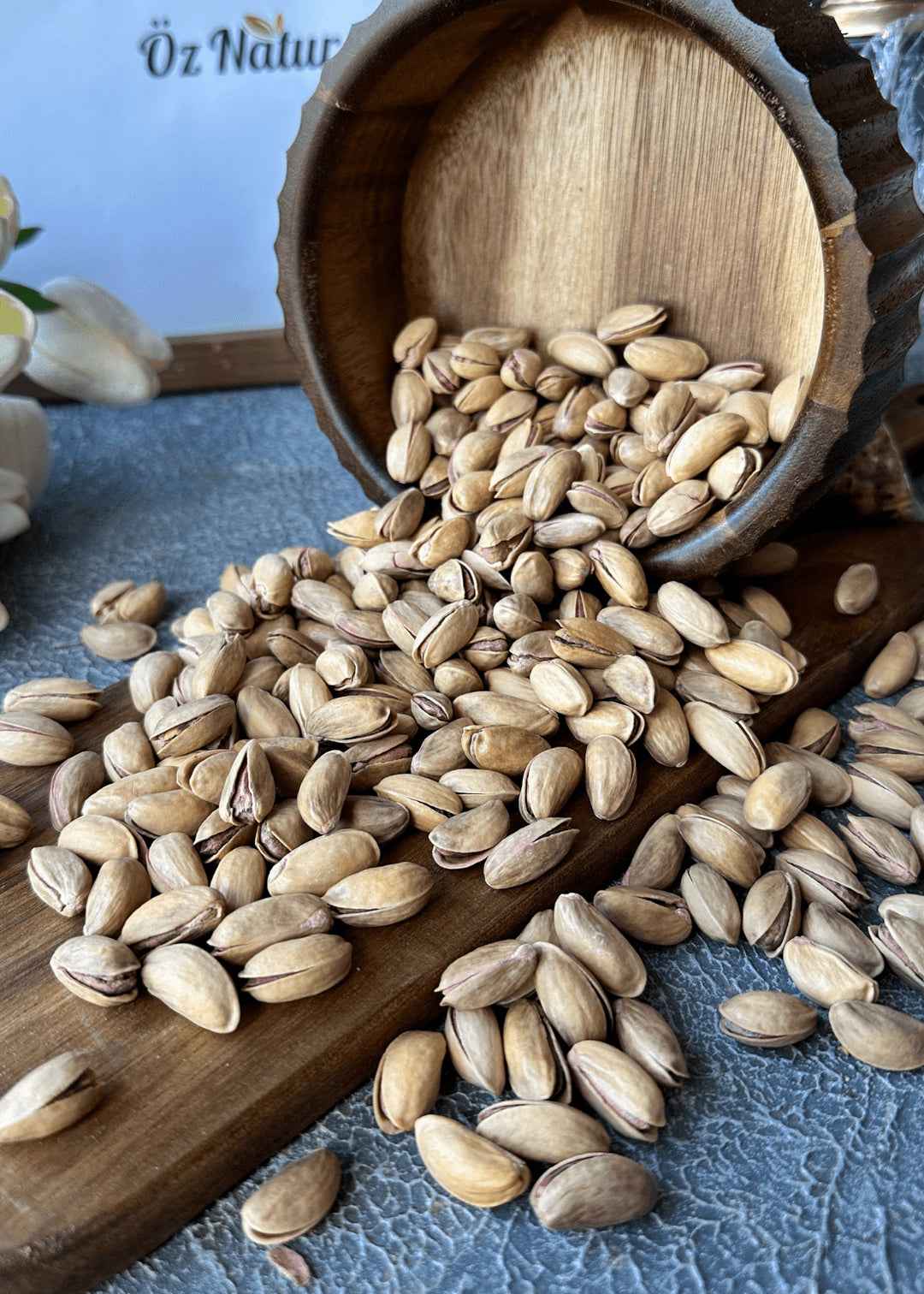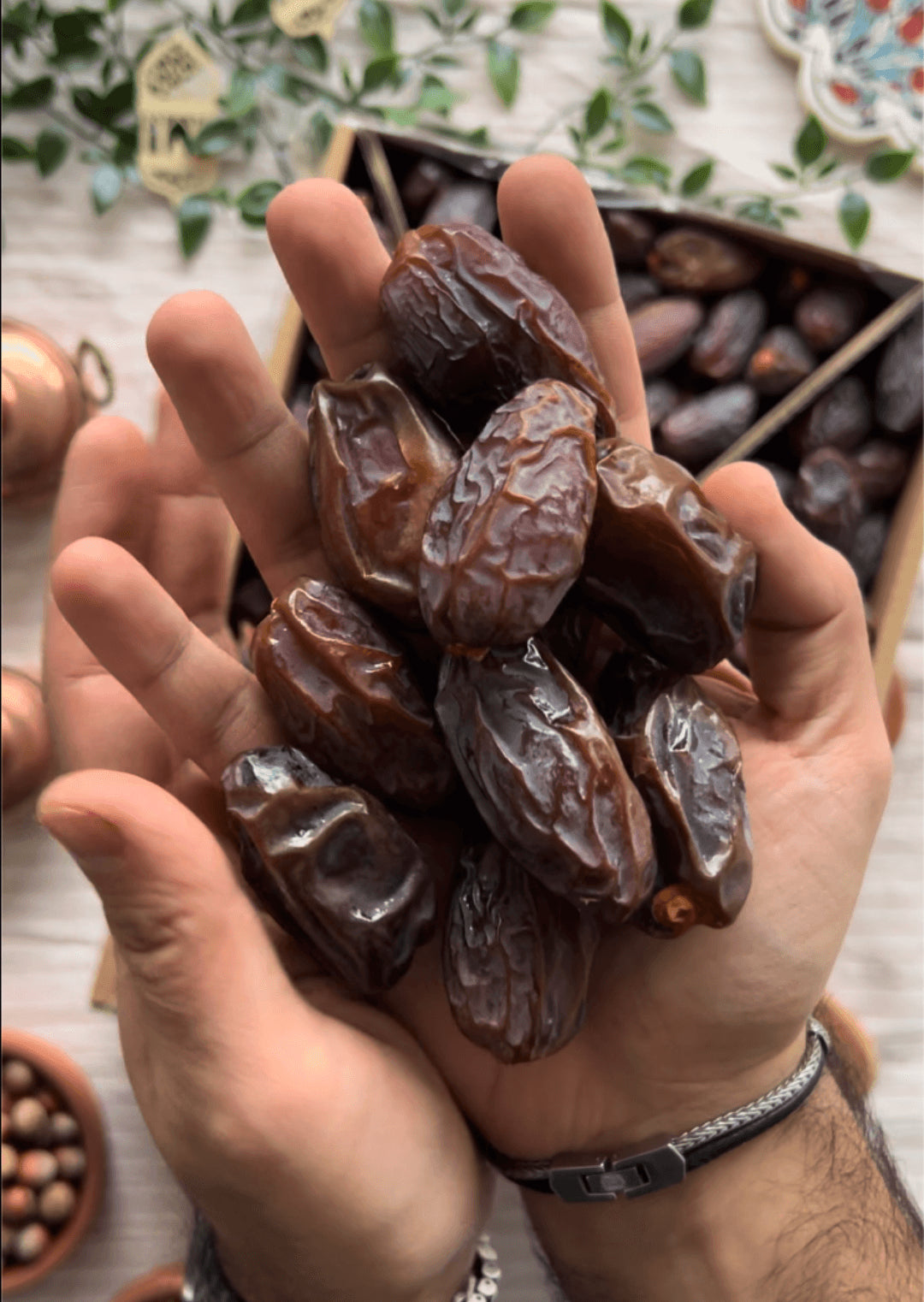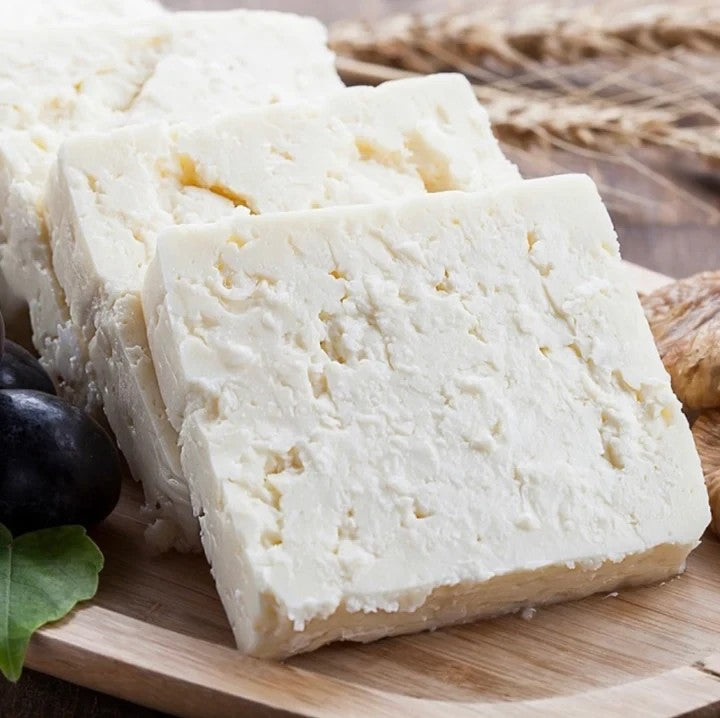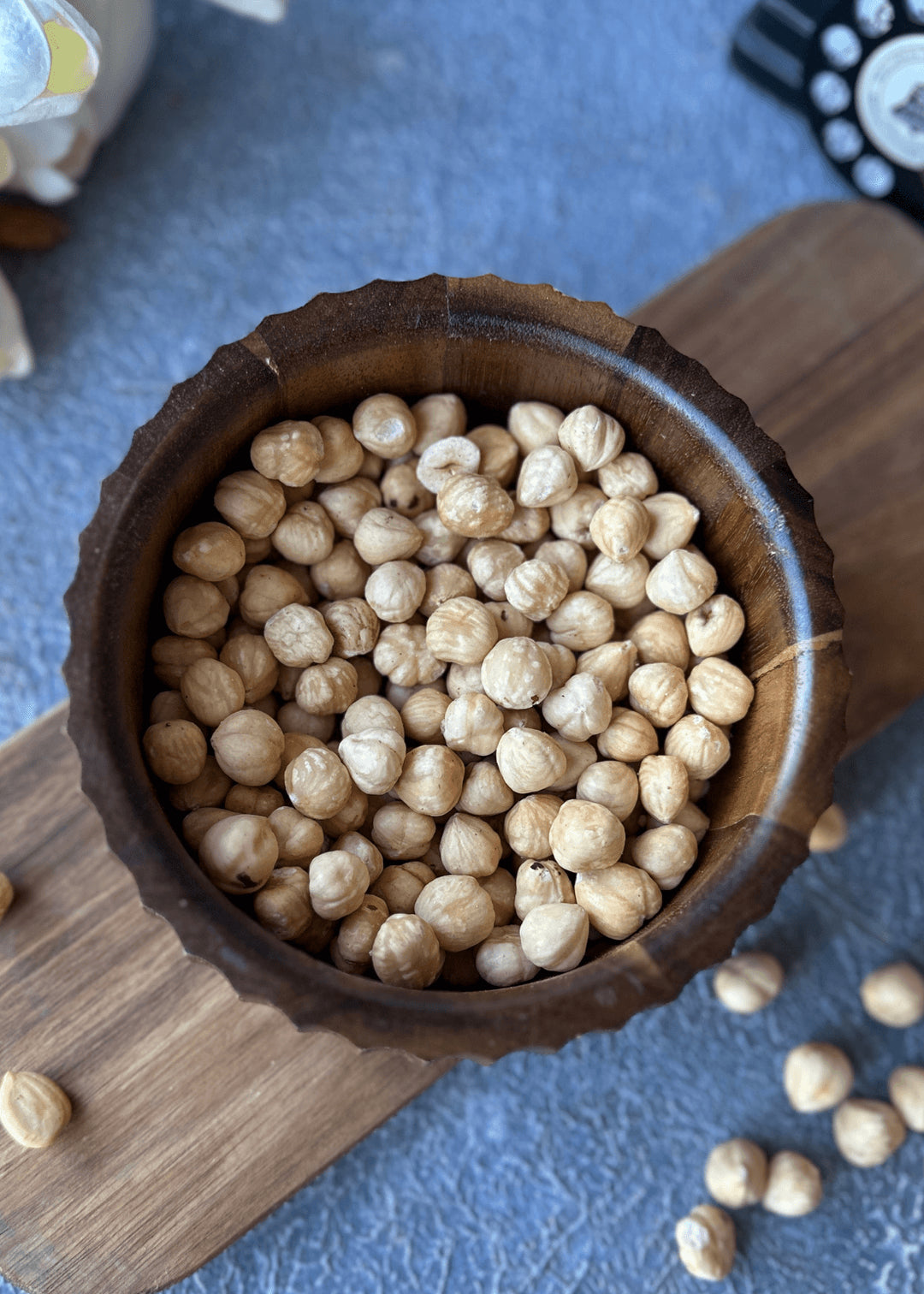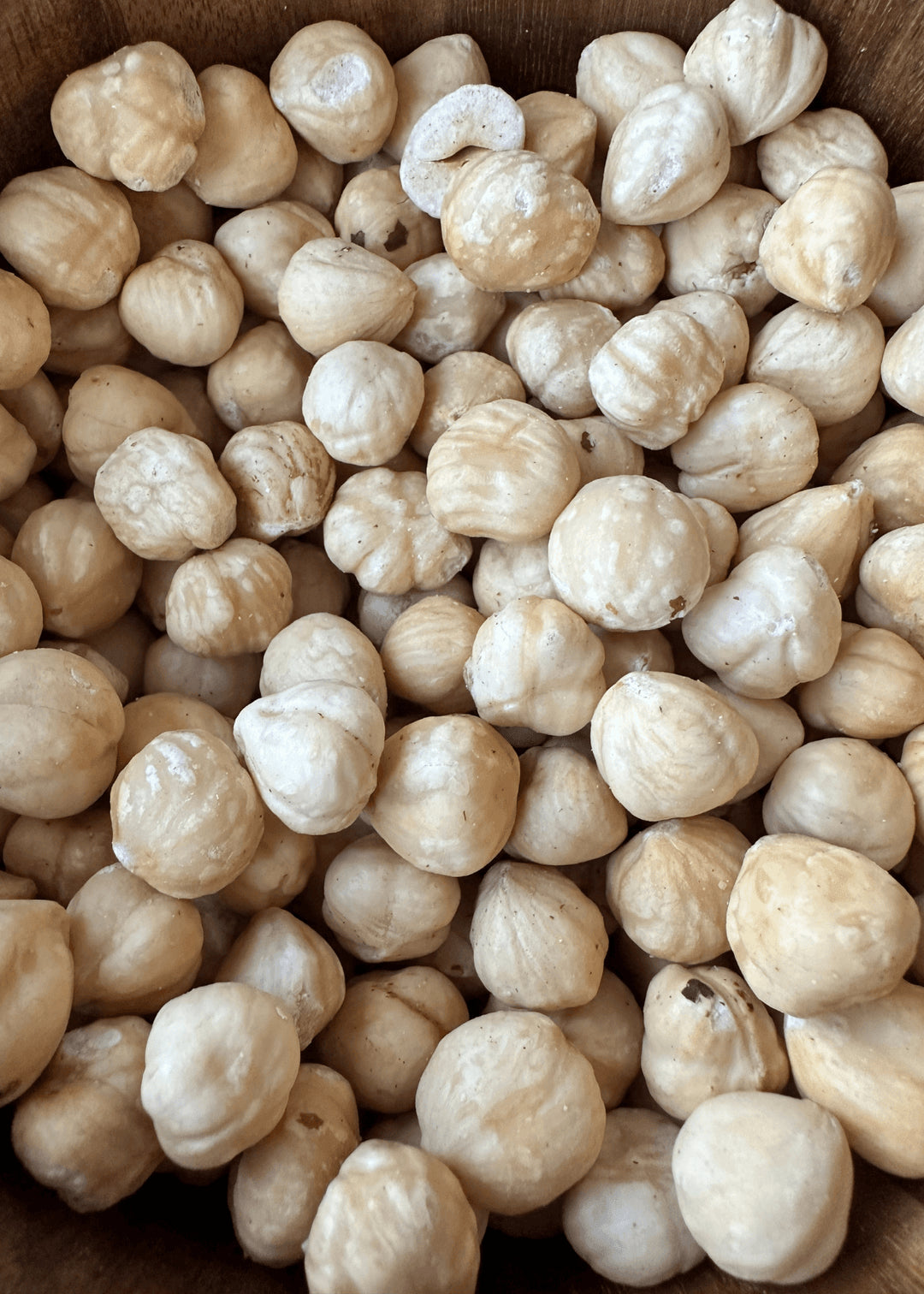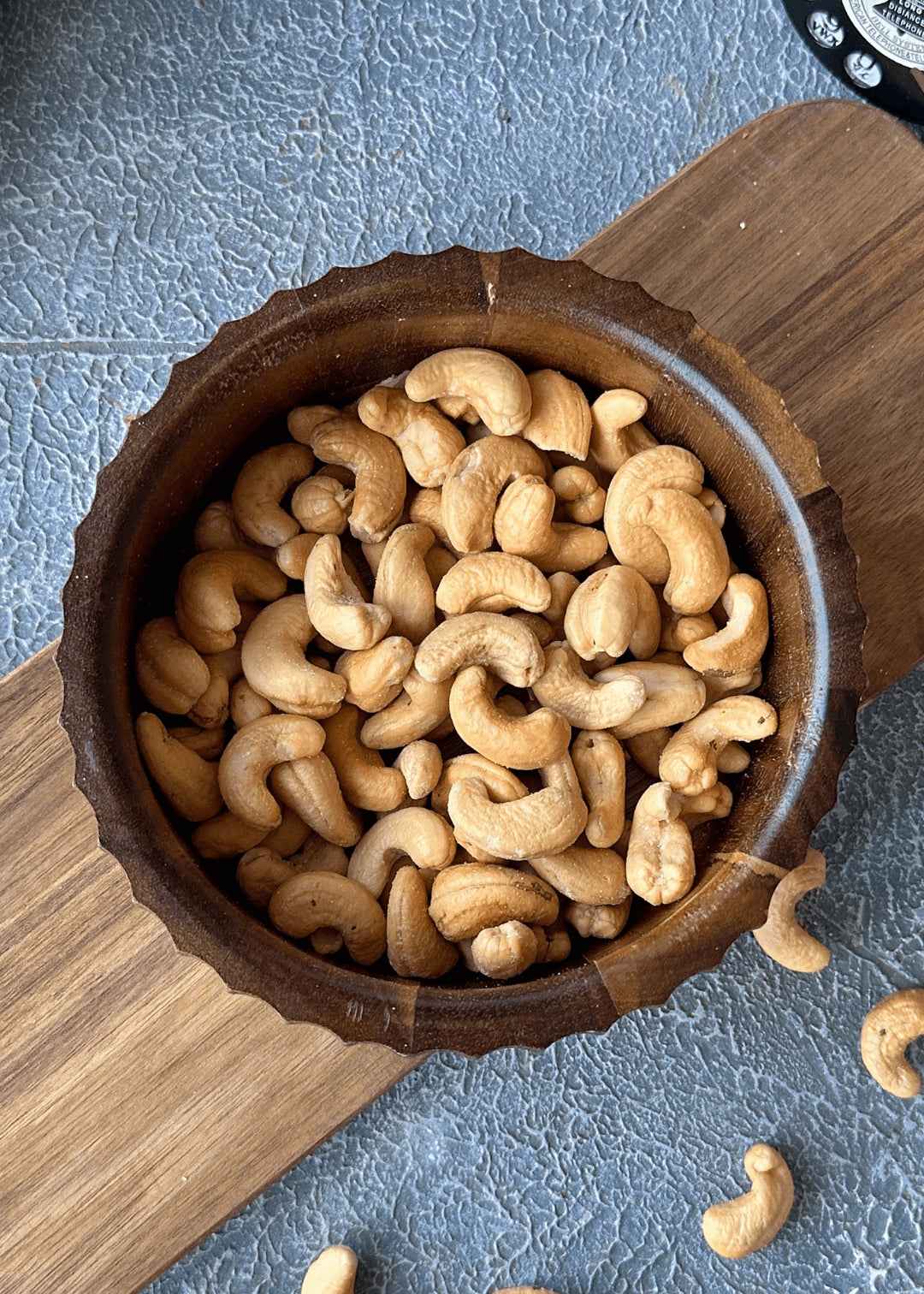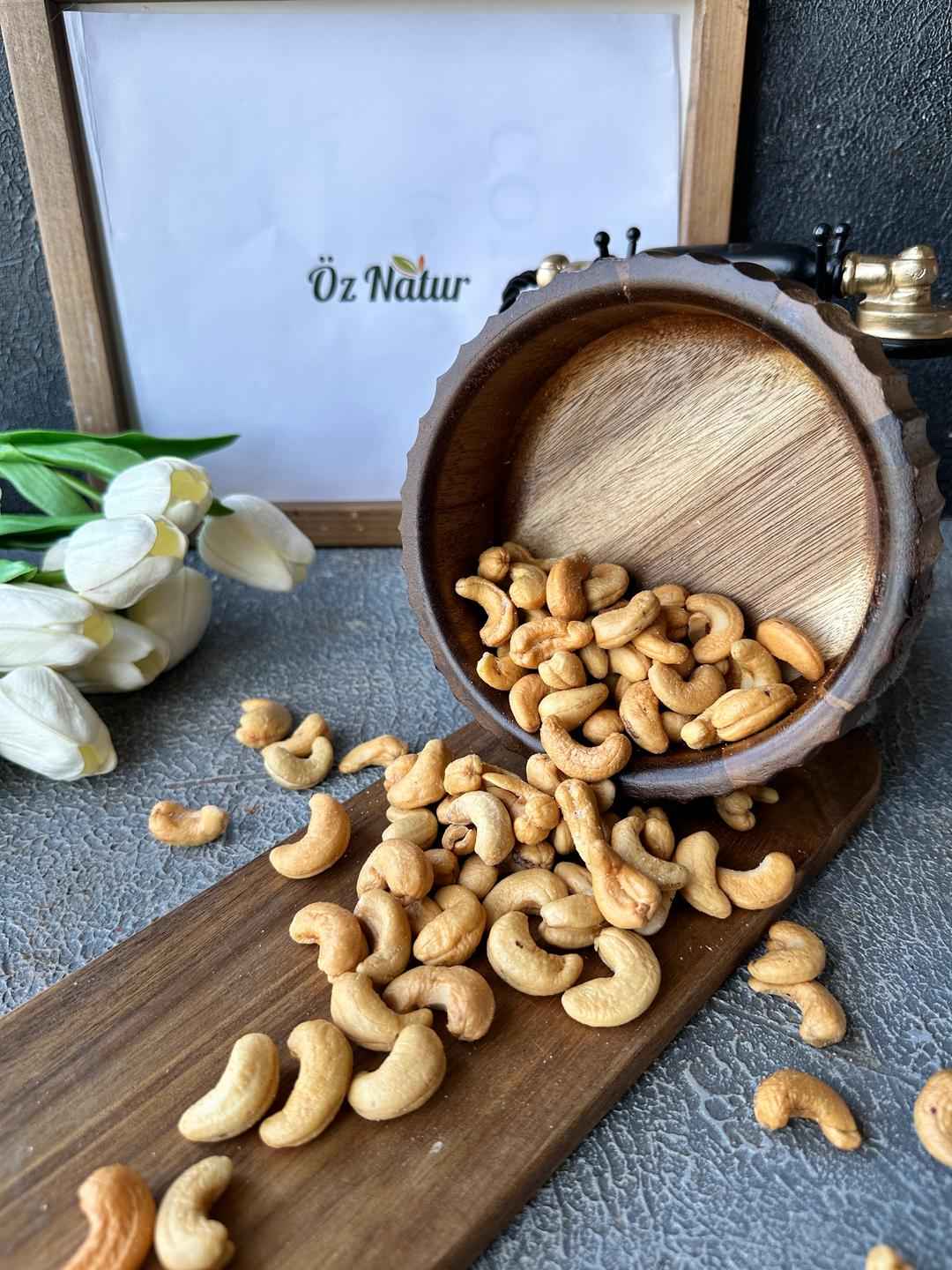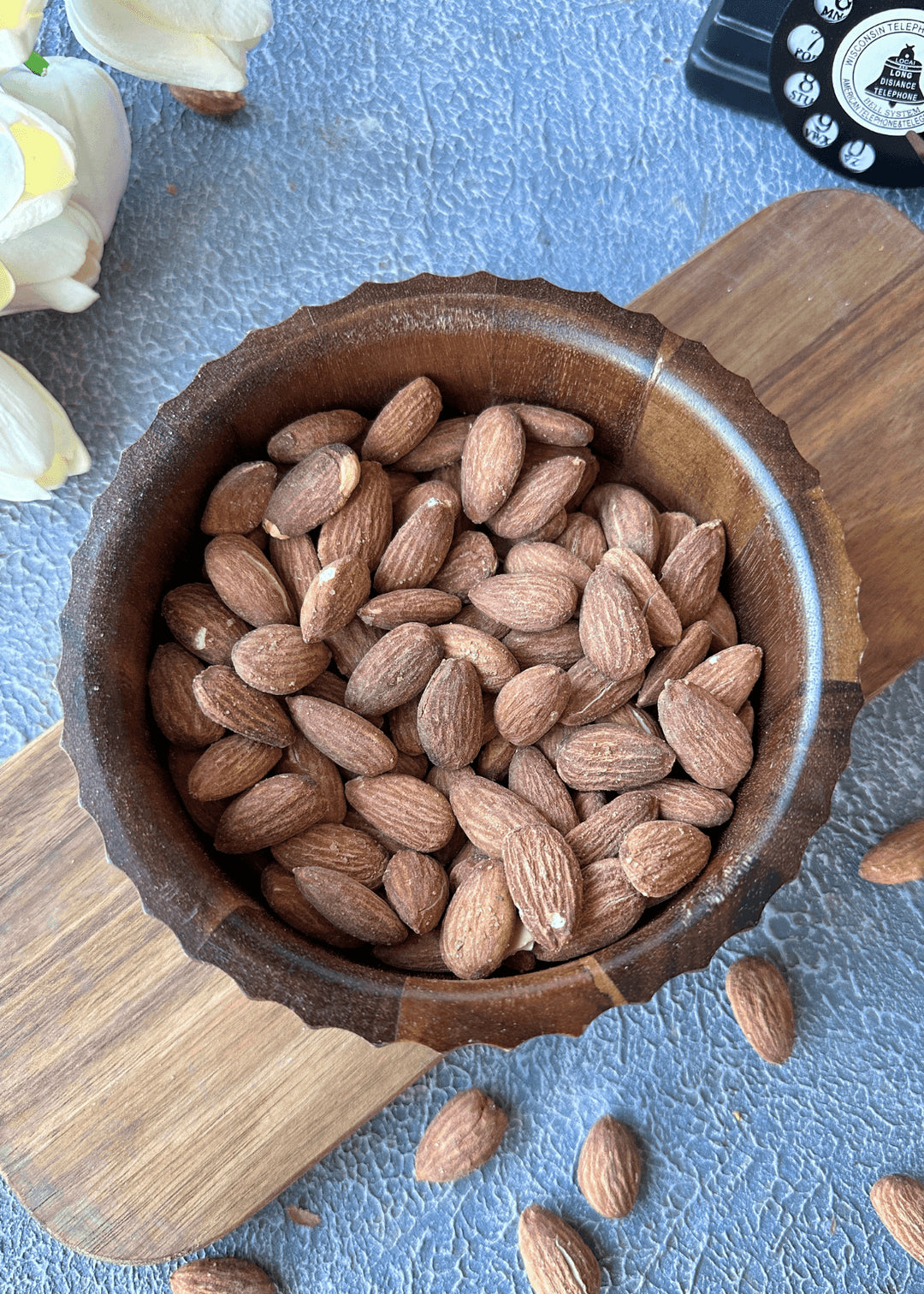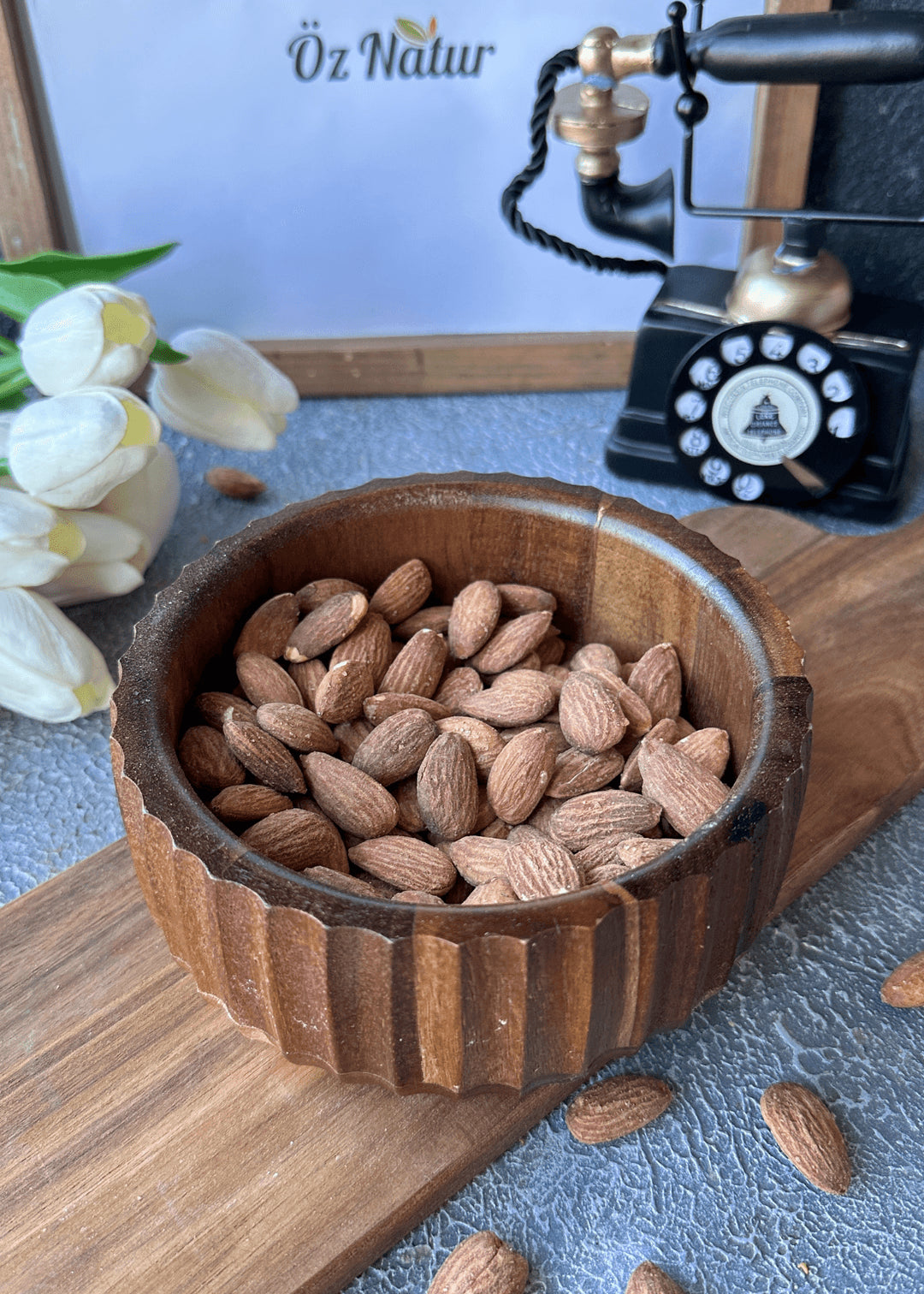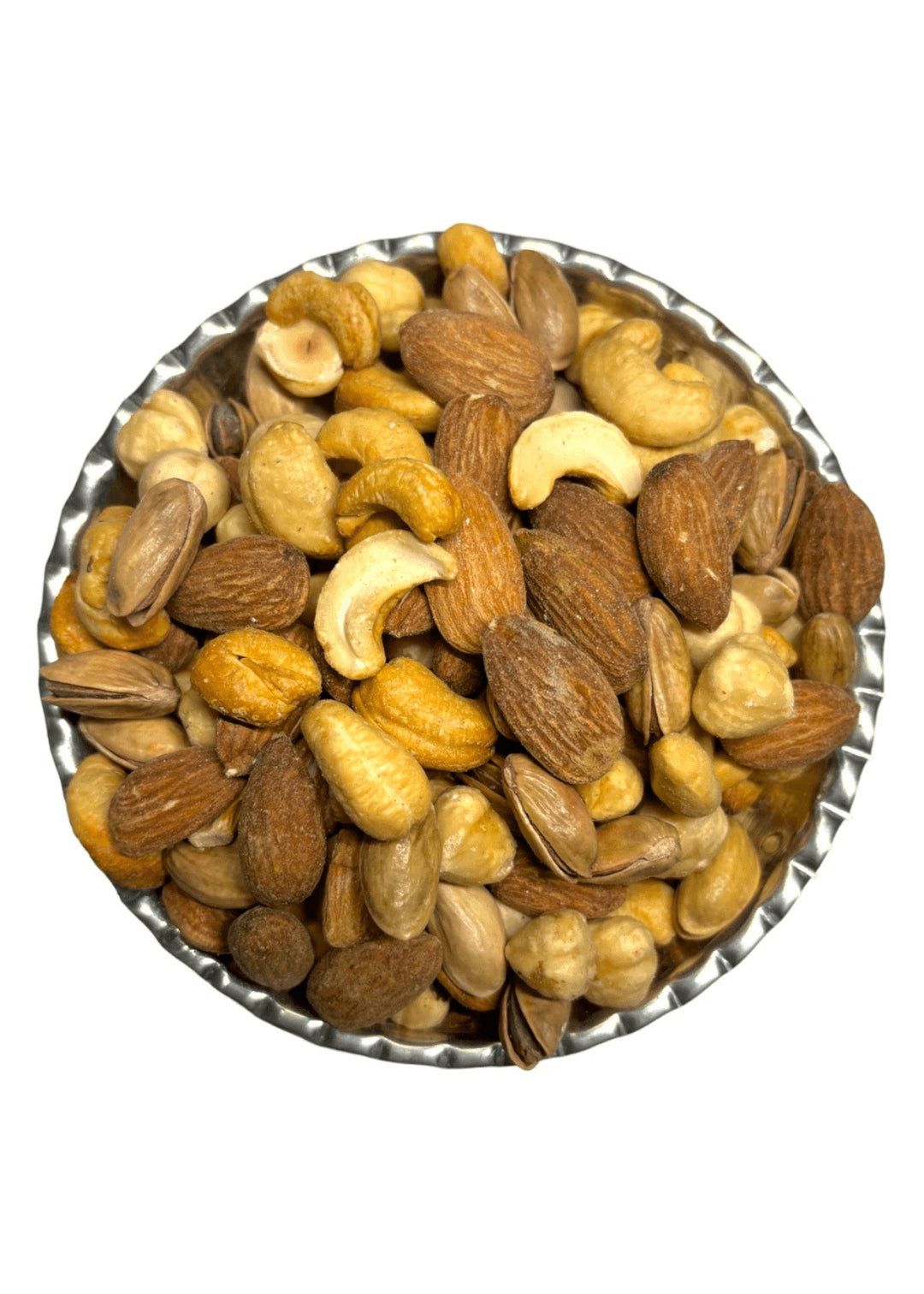How Is Black Seed Oil Produced?
Black seed oil is traditionally obtained by pressing the seeds of the Nigella sativa plant. For a homemade version, about two tablespoons of black cumin seeds are finely crushed using a mortar or a kitchen grinder. The crushed seeds are then placed in a dark 200 ml glass bottle and topped up with olive oil until full. The bottle should be tightly sealed and shaken several times a day for one week to ensure proper mixing. Alternatively, a black seed oil press can be used to produce larger quantities at once.
How Can Black Seed Oil Be Used?
Black seed oil and its seeds are highly versatile in cooking. The seeds can be ground and taken directly with water or soaked overnight in yogurt and consumed the next morning. In the kitchen, black seed oil is often used in salads, over cheese, or mixed with grated fruits. To preserve its natural aroma, it’s best to use freshly ground seeds immediately.
What Should You Look for When Buying Black Seed Oil?
The quality of black seed oil can be recognized by its color, taste, and aroma. Cold-pressed oil has a distinct bitter flavor and a slight burning sensation in the throat. A high peroxide value indicates oxidation, which negatively affects the oil’s taste and color. Oils that are improperly stored or exposed to oxygen often develop a darker color and stronger bitterness.
For pure, natural oil, the peroxide value should be below 15 meq O₂/kg, which reflects freshness and high quality.


